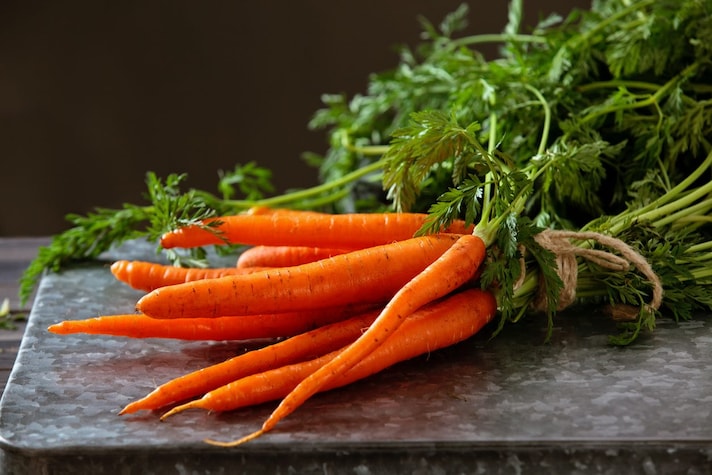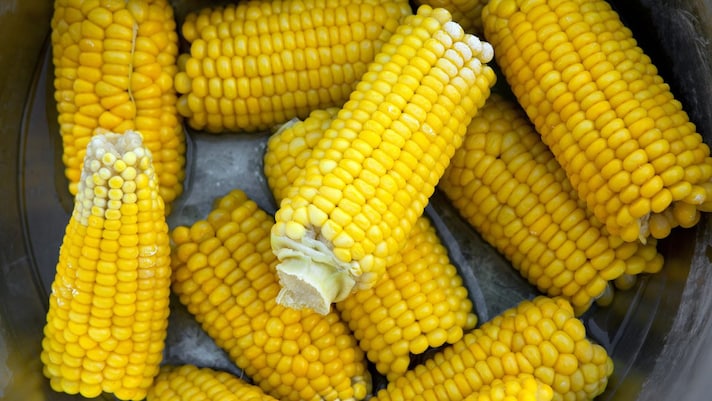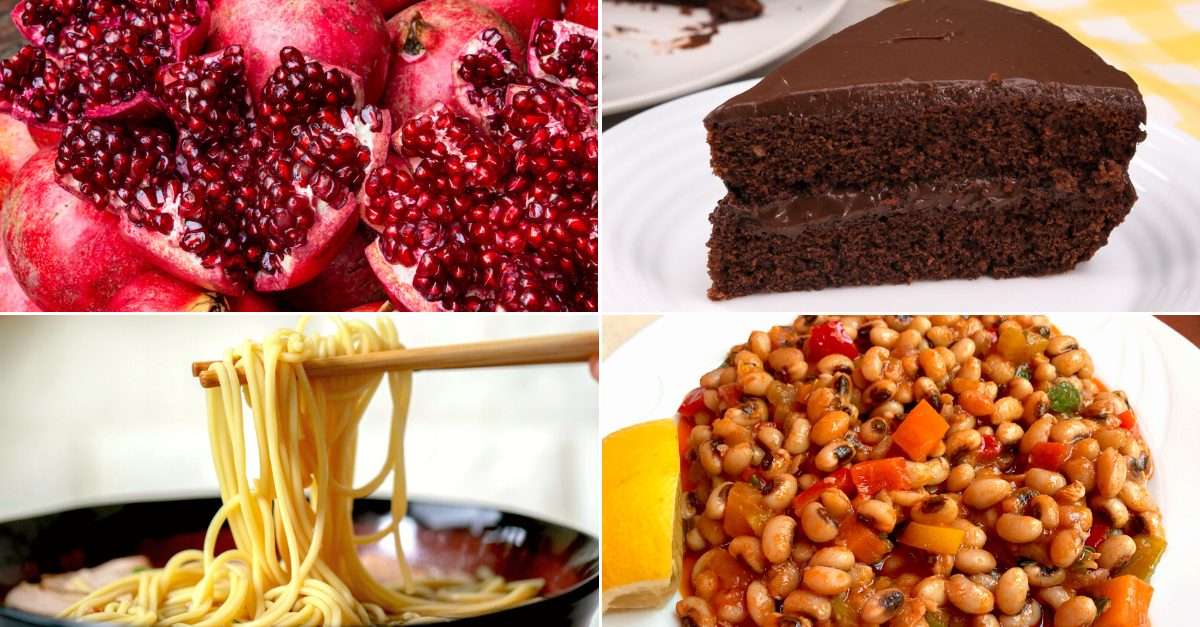How Did The Fruit We Eat Today Evolve Over The Years?
The evolution of fruits and vegetables showcases the transformative power of human cultivation, either obtained from human intervention or through natural evolution. From seed-filled bananas and swirly watermelons to spiny eggplants and purple carrots, these crops have undergone significant changes over millennia.

Fruits and vegetables, the staples of our diets, have undergone dramatic transformations over millennia. These changes are the result of careful domestication and cultivation by farmers, who have adapted these crops to meet evolving tastes and needs. This fascinating journey from wild to cultivated varieties showcases the ingenuity and persistence of human agriculture.
The Fruit Theory of Evolution
The "fruit theory of evolution" posits that over time, fruits and vegetables have evolved through a combination of natural selection and human intervention. Initially, wild fruits and vegetables developed traits to ensure their survival and propagation in the wild. However, as humans began to cultivate and selectively breed these plants, desirable traits such as size, taste, and ease of harvest were prioritized. This theory highlights the dynamic relationship between nature and human influence, resulting in the diverse array of produce we enjoy today.
Bananas: From Seed-Filled to Seamless

Bananas are a prime example of evolutionary transformation in fruits. The first bananas, believed to have been cultivated at least 7,000 years ago, bore little resemblance to the bananas we know today. These ancient bananas were filled with large, hard seeds, making them a far cry from the smooth, seedless variety we now enjoy. Modern bananas, with their convenient, graspable shape and improved taste, are the result of centuries of selective breeding aimed at enhancing their edibility and convenience.
Watermelons: From Swirly to Sweet

Watermelons, the quintessential summer fruit, have also seen significant changes. A 17th-century painting by Giovanni Stanchi depicts watermelons with swirly shapes and six triangular sections, quite different from their modern counterparts. Over time, watermelons evolved to have a more uniform red pulp and fewer seeds, though some varieties still retain seeds. This evolution has made them juicier, sweeter, and more visually appealing, perfect for picnics and barbecues.
Eggplants: From Spiny to Smooth

The journey of eggplants from wild varieties to the ones we consume today is equally remarkable. Early eggplants, first cultivated in China, came in an array of shapes and colors, including white, azure, purple, and yellow. They also had spines where the plant’s stem connects to the flowers, making them difficult to handle. Through selective breeding, modern eggplants have become larger, purple, and spine-free, making them easier to grow and prepare in various dishes.
Carrots: From Purple Roots to Orange Delights

Carrots, now a staple in many cuisines, originated in Asia Minor around the 10th century. These early carrots were purple or white with thin, forked roots, quite different from the robust, orange carrots we see today. The transition to the familiar orange hue occurred over centuries, as farmers bred carrots for color, taste, and texture, resulting in the nutritious and versatile vegetable that graces our tables.
Corn: From Tiny Grains to Golden Cobs

Corn, one of the most widely grown crops, has an ancient lineage dating back to around 7000 BC. The earliest known corn was a far cry from today’s cobs, measuring about 19 mm and tasting more like a potato. Over thousands of years, selective breeding transformed corn into a much larger, sweeter, and easier-to-peel variety. Modern corn is now a key ingredient in a multitude of dishes and products, reflecting its successful evolution.
;Resize,width=767;)
;Resize,width=712;)
;Resize,width=712;)
;Resize,width=712;)
